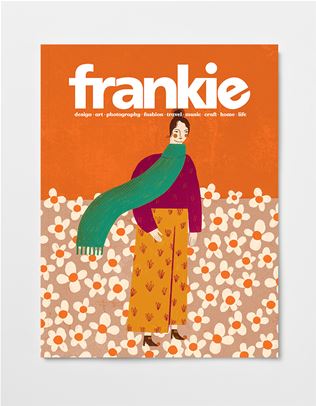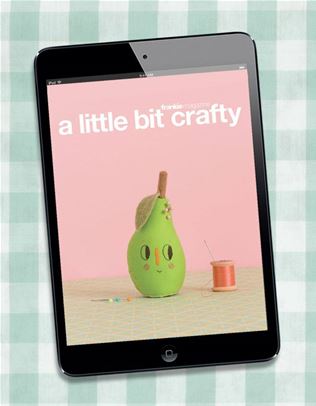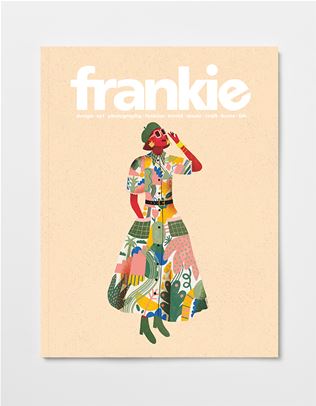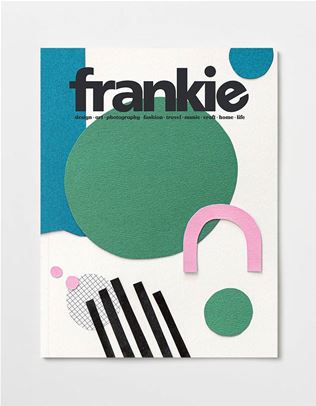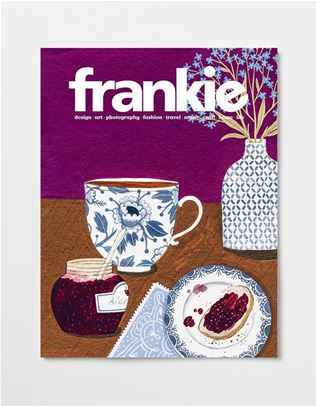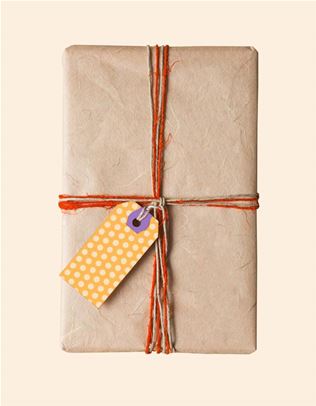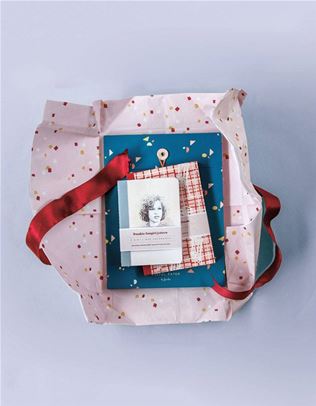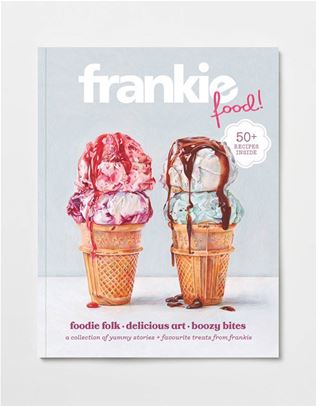the secret storytellers: how sound designers shape the films you love
The most powerful moments in film are often not just seen, but heard.
 You know that feeling when a film gives you chills — not because of what you see, but what you hear? That’s the work of a sound designer. Whether it’s a subtle hum of tension or a full-throttle musical moment, sound plays a starring role in how stories hit us emotionally.
You know that feeling when a film gives you chills — not because of what you see, but what you hear? That’s the work of a sound designer. Whether it’s a subtle hum of tension or a full-throttle musical moment, sound plays a starring role in how stories hit us emotionally.
At AFTRS (that’s the Australian Film Television and Radio School), students in the Master of Arts Screen program learn how to create exactly that kind of magic. One graduate who’s done just that is Andrew Thomas Dean, who worked as Sound Supervisor on Gorgo – a short film that reimagines the Medusa myth through a contemporary lens. It recently won Best Short Film at the 2025 AACTA awards – that’s top marks for a collaborative school project!
We caught up with Andrew to find out what it was like helping bring Gorgo to life. We also spoke to Mark Ward, a sound design lecturer at AFTRS, about what it really means to work in sound and why it might just be one of the most creative film roles around.
ANDREW THOMAS DEAN, SOUND DESIGNER
Hi Andrew! You’re a sound designer. What does that mean and what was your role on the short film Gorgo? A sound designer is a filmmaker who uses and manipulates sound to better tell the story of a film. My main roles on Gorgo were sound supervisor and re-recording mixer. So I edited and compiled all the production sound as well as sounds that I decided to add into the sound palette of the world. And then mixing everything together at the end, along with Sam Weiss's fabulous score.
For readers who haven’t seen it yet – what’s Gorgo about? Gorgo is inspired by Ovid's Medusa myth. It's a dramatic short film that tells the story of a Greek bride's cross-continental journey to marry a man she has never met. Basically, it's about an arranged marriage.
What were some of the trickier sounds you had to create or capture? One of the trickiest parts of sound designing Gorgo was making it sound like the 1950s even though it was recorded in the modern world. For example, the noises of aeroplanes from today had to be all removed because they didn’t exist when the film was set. Then we had to add in the sound of old cars and old horns so it felt really authentic to when it was set. What’s special about making a creative project through AFTRS compared to other routes? Knowing all these people who are in the classroom with you – no matter their filmmaking trade, all value telling stories through film. You just knew that everyone was as obsessed as you were, and to have all these people chip in and collaborate on one project was amazing.
What’s special about making a creative project through AFTRS compared to other routes? Knowing all these people who are in the classroom with you – no matter their filmmaking trade, all value telling stories through film. You just knew that everyone was as obsessed as you were, and to have all these people chip in and collaborate on one project was amazing.
What’s a sound you love that most people probably don’t notice? I really love playing with wind and breeze noises. They can be used to convey a feeling or give an interesting feel to an environment.
What film or TV show is a great example of the pinnacle of sound design to you? Dune 2. Even though it's a sci-fi action blockbuster, I love the way that silence and quietness is used as a powerful storytelling tool. Silence is just as powerful as big sand worm explosions and laser guns.
MARK WARD, SENIOR SOUND DESIGN LECTURER AT AFTRS
Why is sound design important? It's this weird kind of magic where sound can create emotional experiences for audiences in ways that they often don't even know is happening – it can help them understand what the character is thinking or feeling. It's this really deep, almost unconscious way of shaping story experience for an audience.
What is the most unusual sound you’ve heard a student use in their work? One student a couple of years ago was using an old refrigerator from the last century, and it had a fan belt that squeaked. It made this really weird, irritating sound, which they recorded and they put it into a car scene. It made the car seem like they're an older uncle or something – it characterised the vehicle in an unusual way.
What does it take to be a sound designer? I would say sonic imagination. Often people think imagination is a visual thing, but some people have a sonic imagination as well. On a related note, a perennial issue for sound design is people think of it as being like a “boys’ thing” and that it's all about the gadgets but it's really not – it's about the imagination and communicating emotional experiences through sound. You also need to also be able to work collaboratively because filmmaking is a team sport.
Sound design is taught in the Master of Arts Screen program at AFTRS. What kind of things do students do? Each student applies for a specific discipline – there's nine disciplines in the master's program (including sound design, screen music, cinematography, production design, editing, screenwriting, directing, producing and documentary). There are specific course activities and lectures that students partake in, but there is also the making of actual short films. In the second year, their final project is a full-blown short film of around 15-20 minutes in duration – which is what Gorgo was.
If someone is looking at studying that program, what qualifications do they need? Because it is a master’s, we usually ask applicants to have an undergrad degree under their belt. But often people in the industry or creatives who want to level up don't have an undergrad, and so we can look at their professional experience, and support them to bridge across.
This article was produced in partnership with our friends at AFTRS. Find out more about the Masters of Arts Screen program and register for the Postgrad Information Night here.







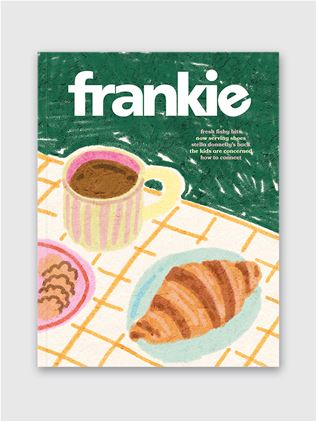
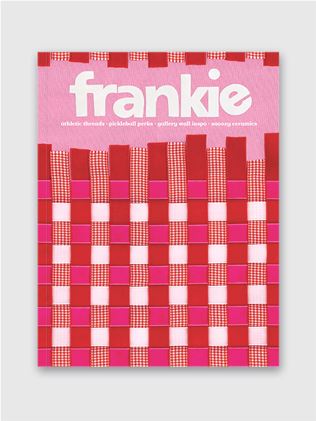

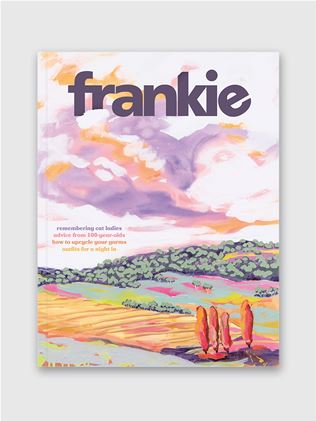
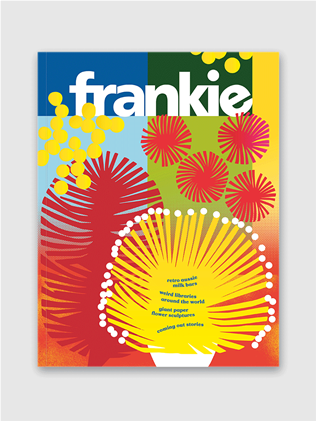
.jpg&q=80&w=316&c=1&s=1)
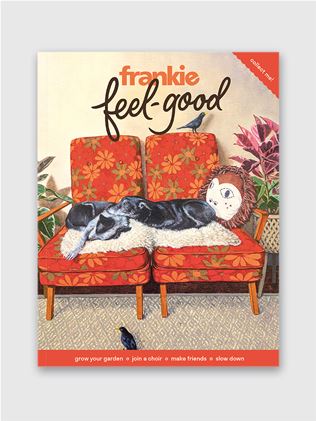
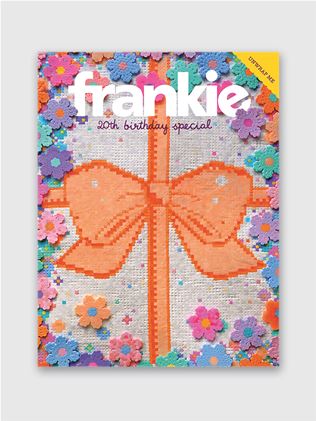
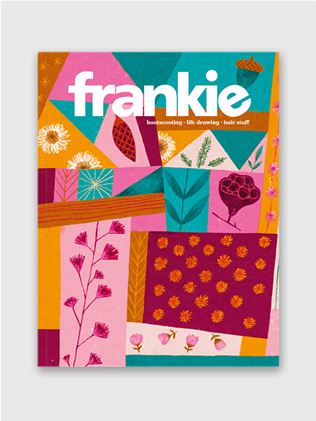
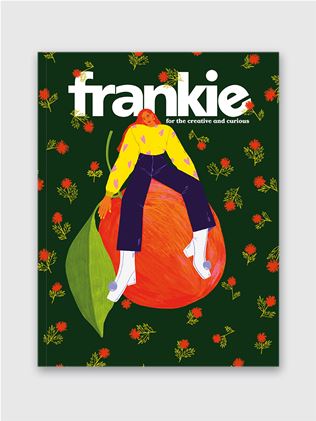
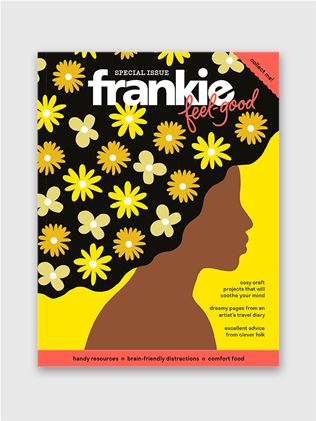
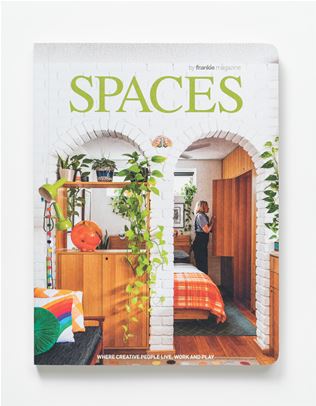
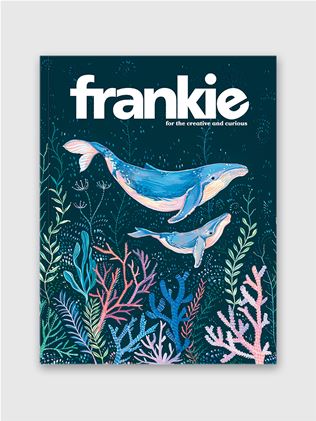
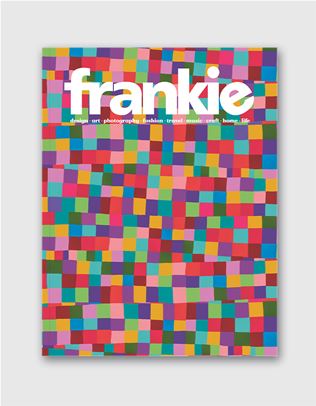
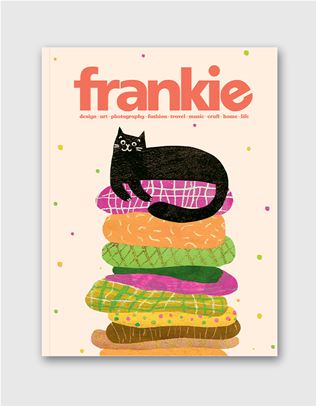
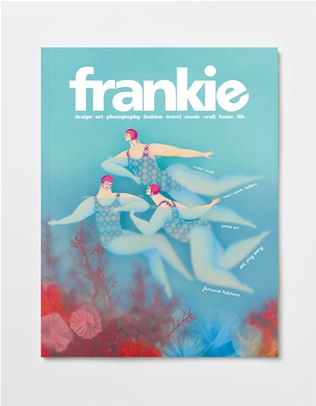
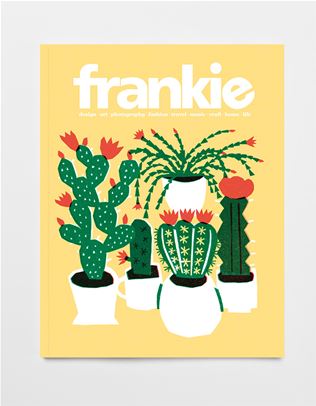

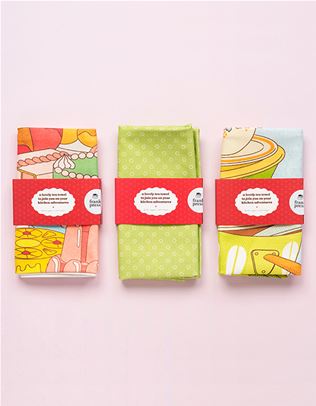
.jpg&q=80&w=316&c=1&s=1)
